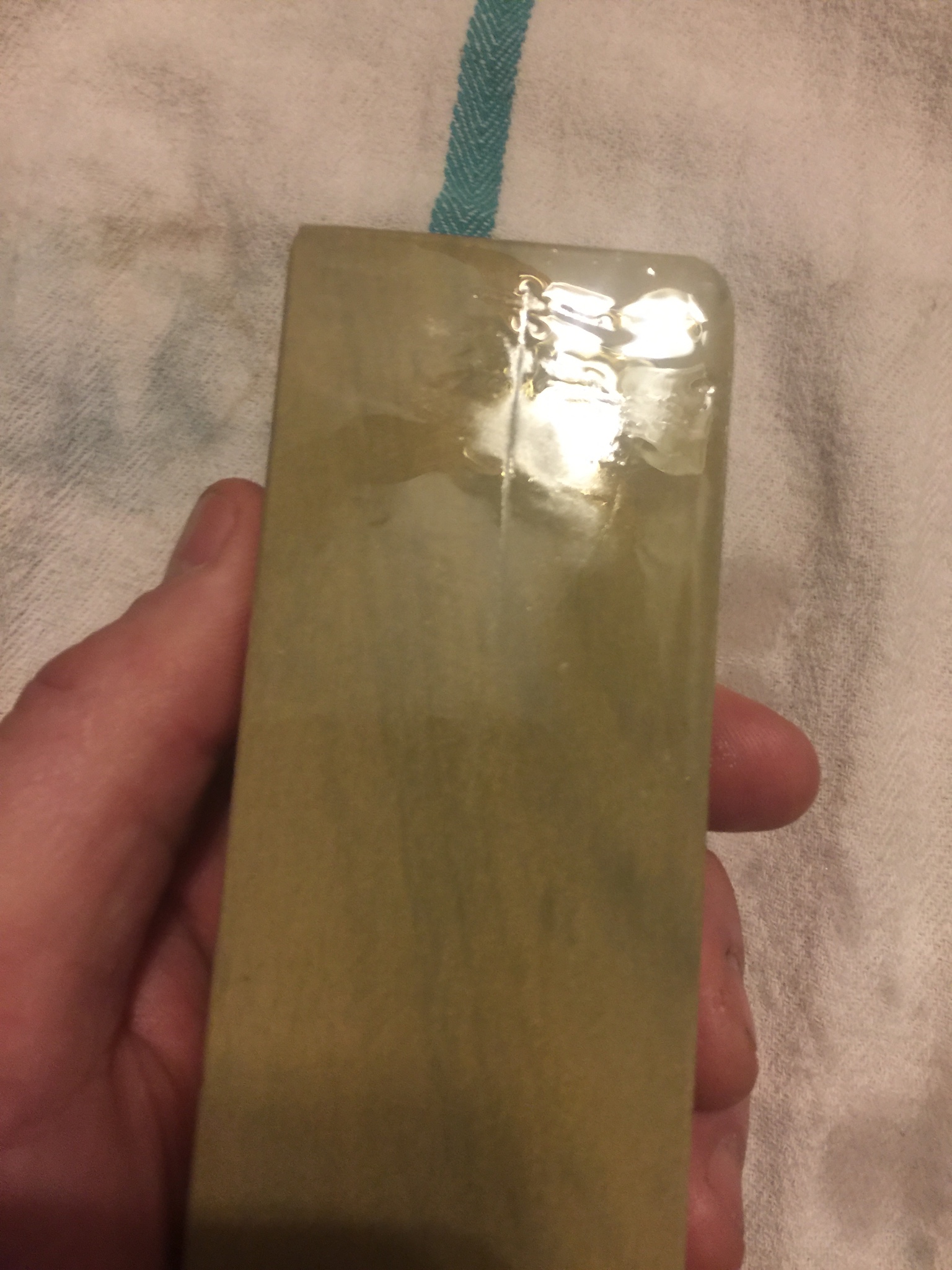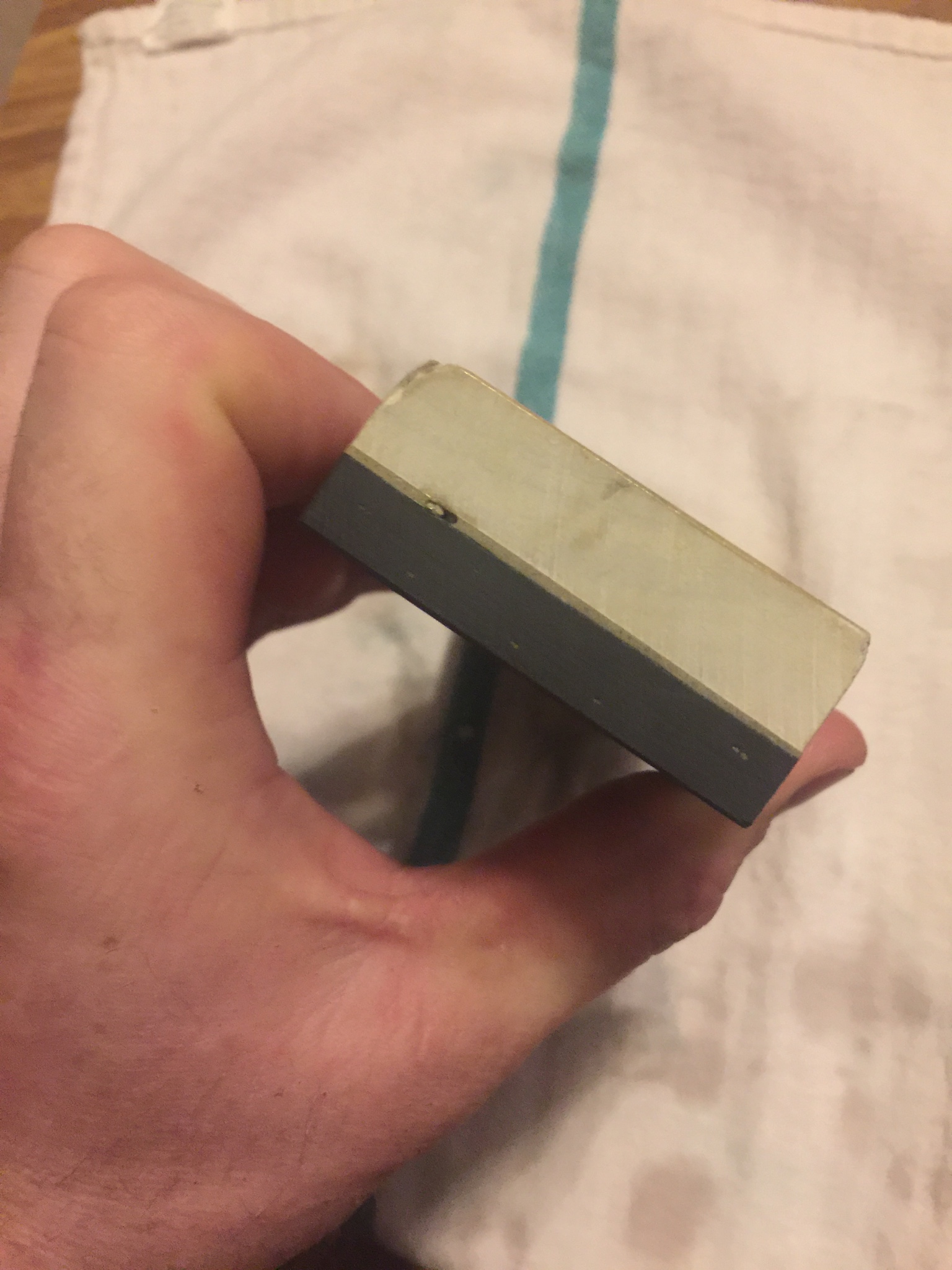I was touching up a razor today, and I noticed what appears to be a 3" crack in the surface of my stone. I'd have photographed it, but it's really hard to see with water on it, and impossible to see dry. It's imperceptible while honing, or by running a finger across the stone. I'm curious what the cause could be since I haven't dropped or abused the stone. I'm also wondering if there's some sort of fix. I'll also add that the stone is a year old, purchased from a reputable vendor.
Sent from my iPhone using Tapatalk
Sent from my iPhone using Tapatalk


